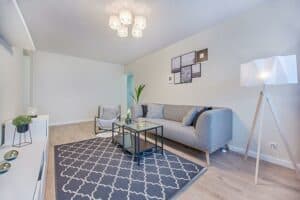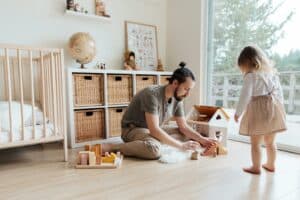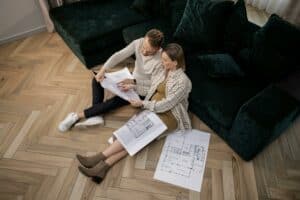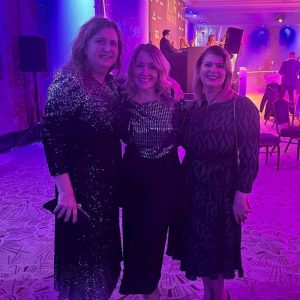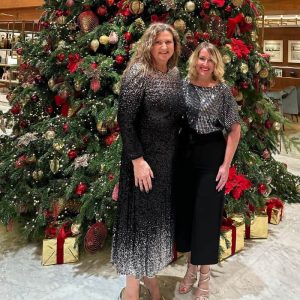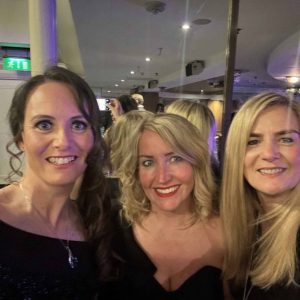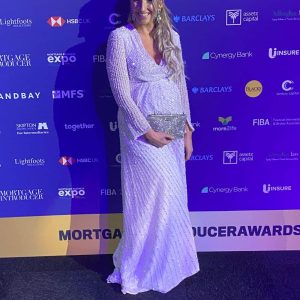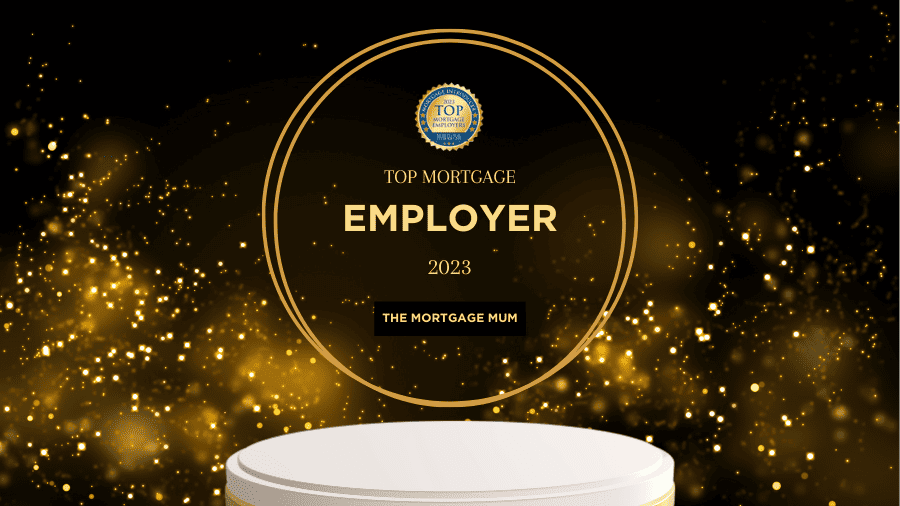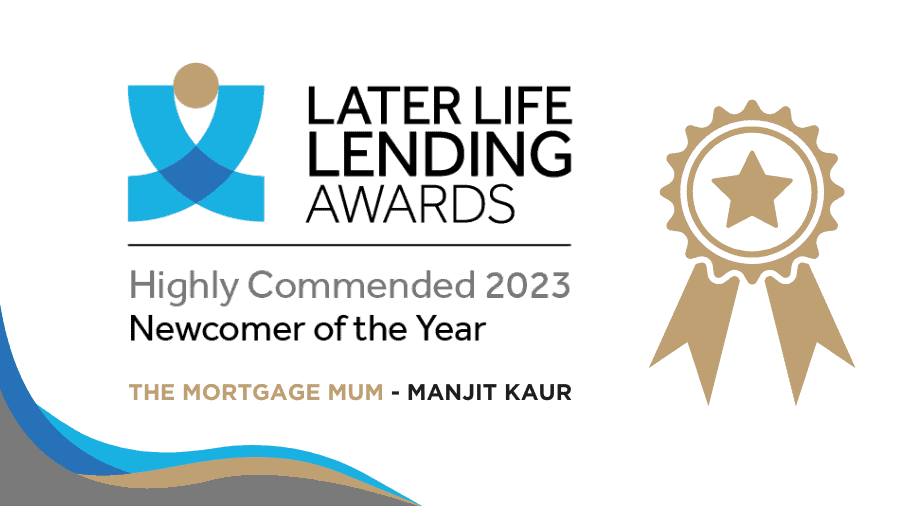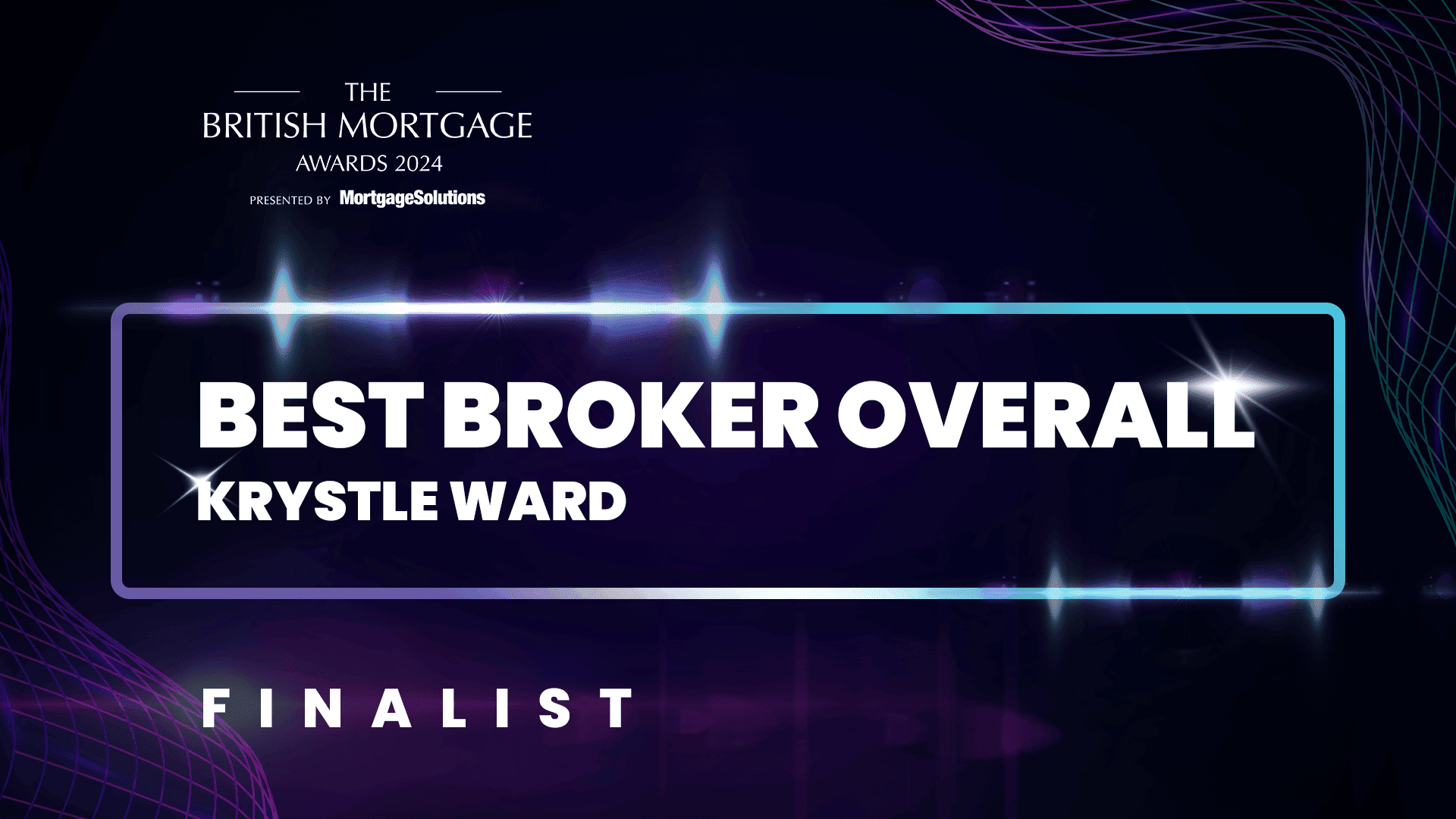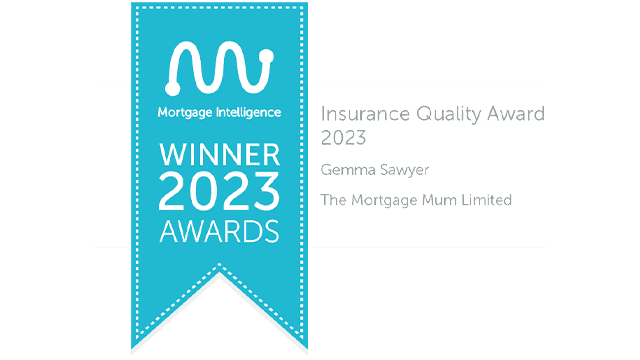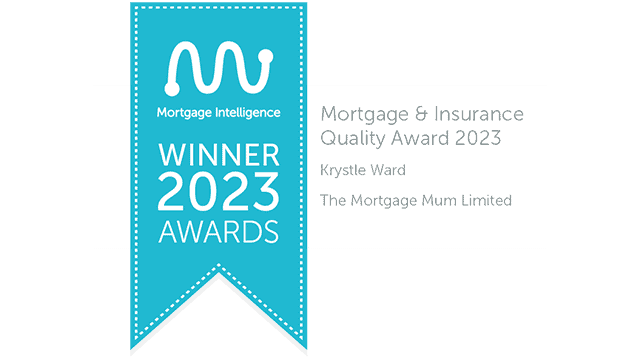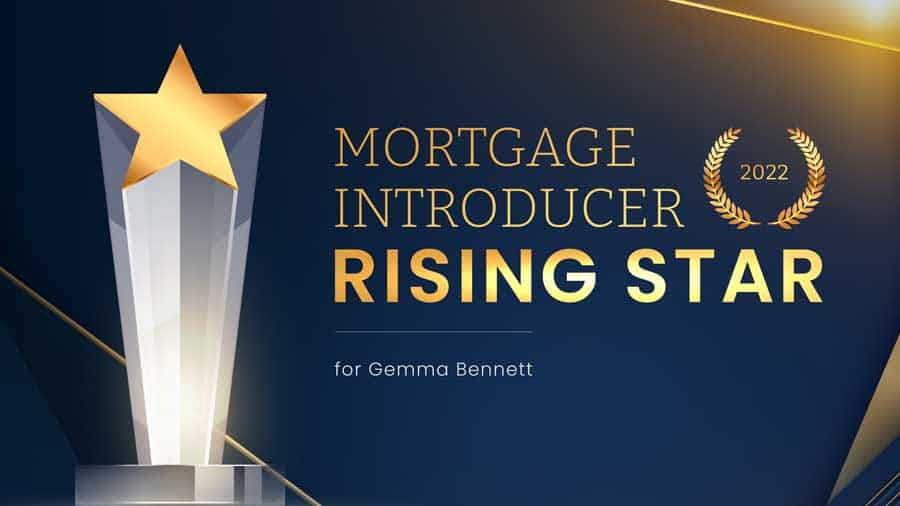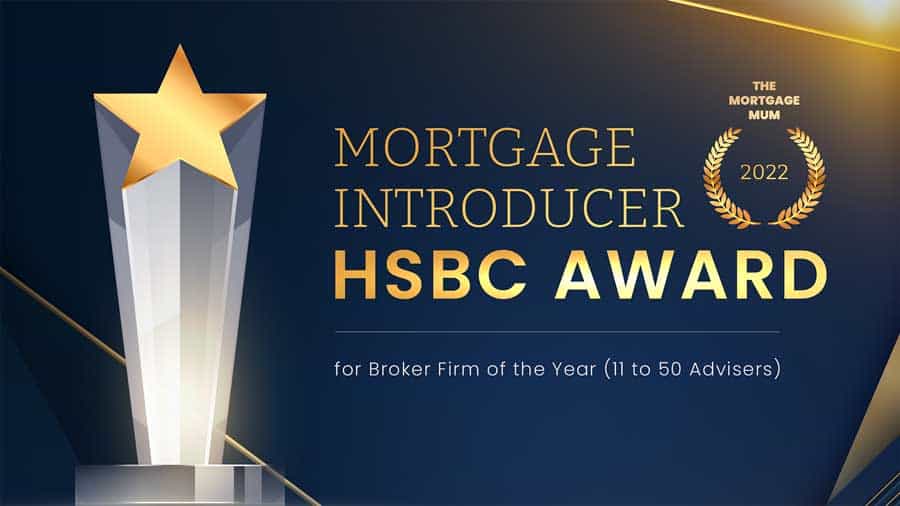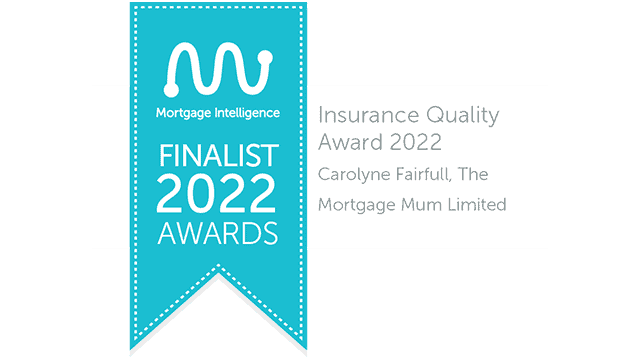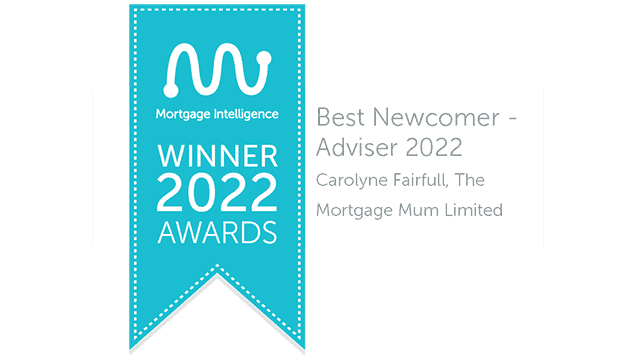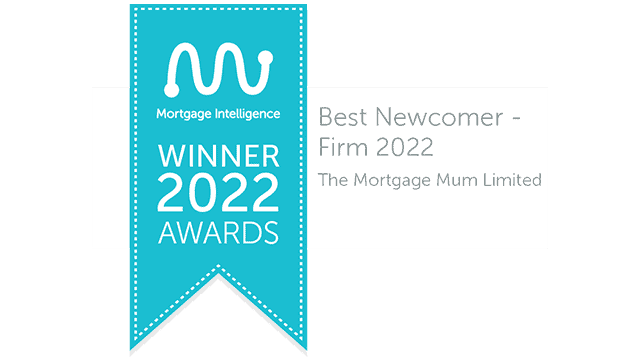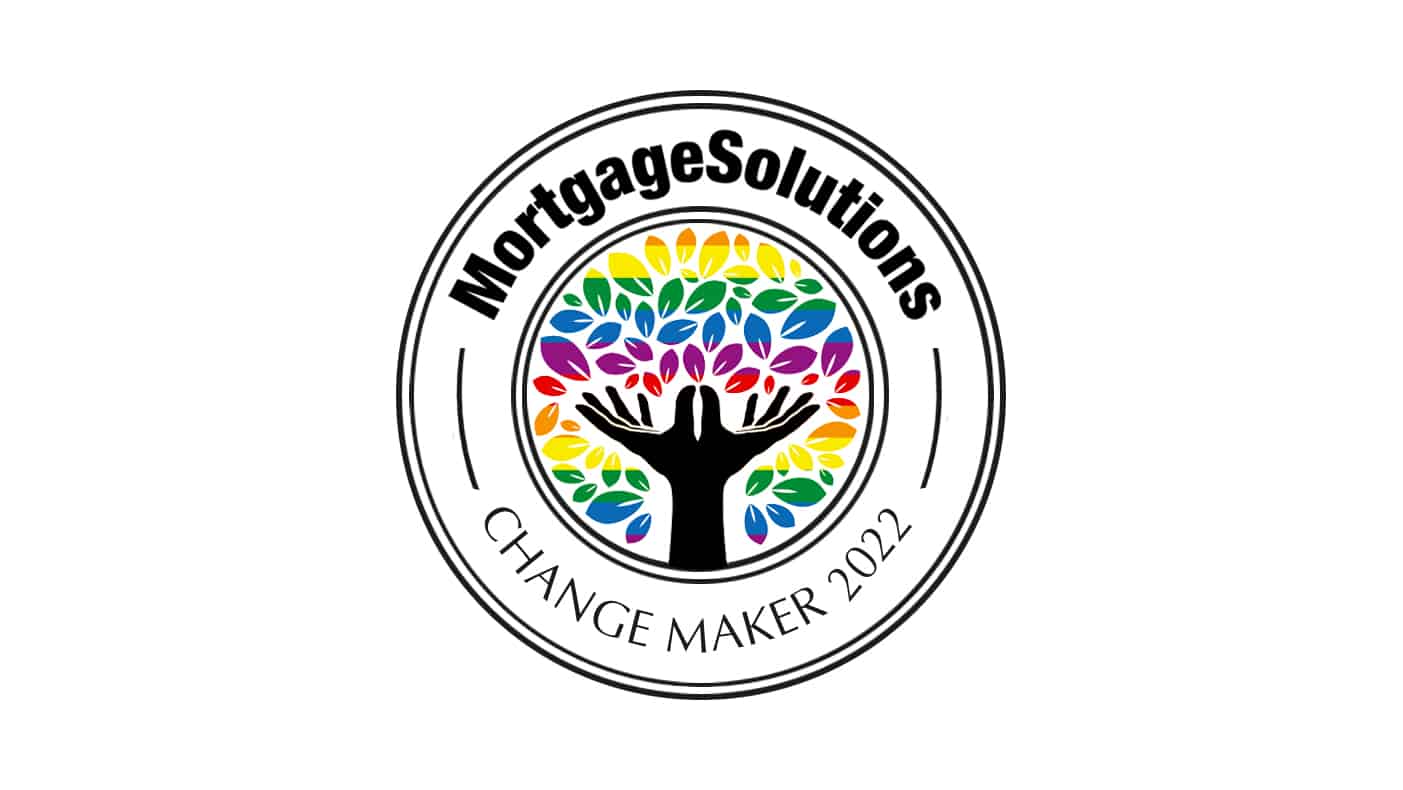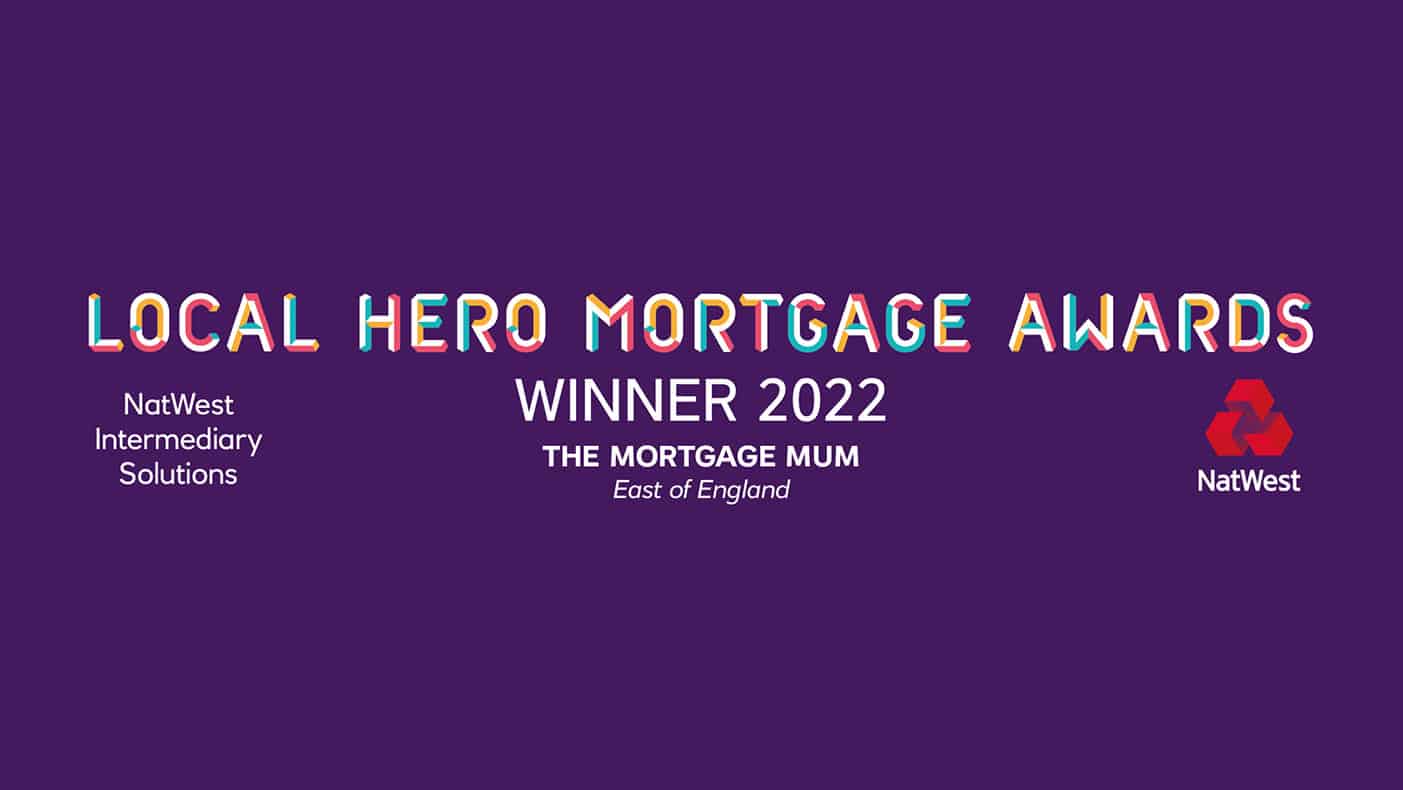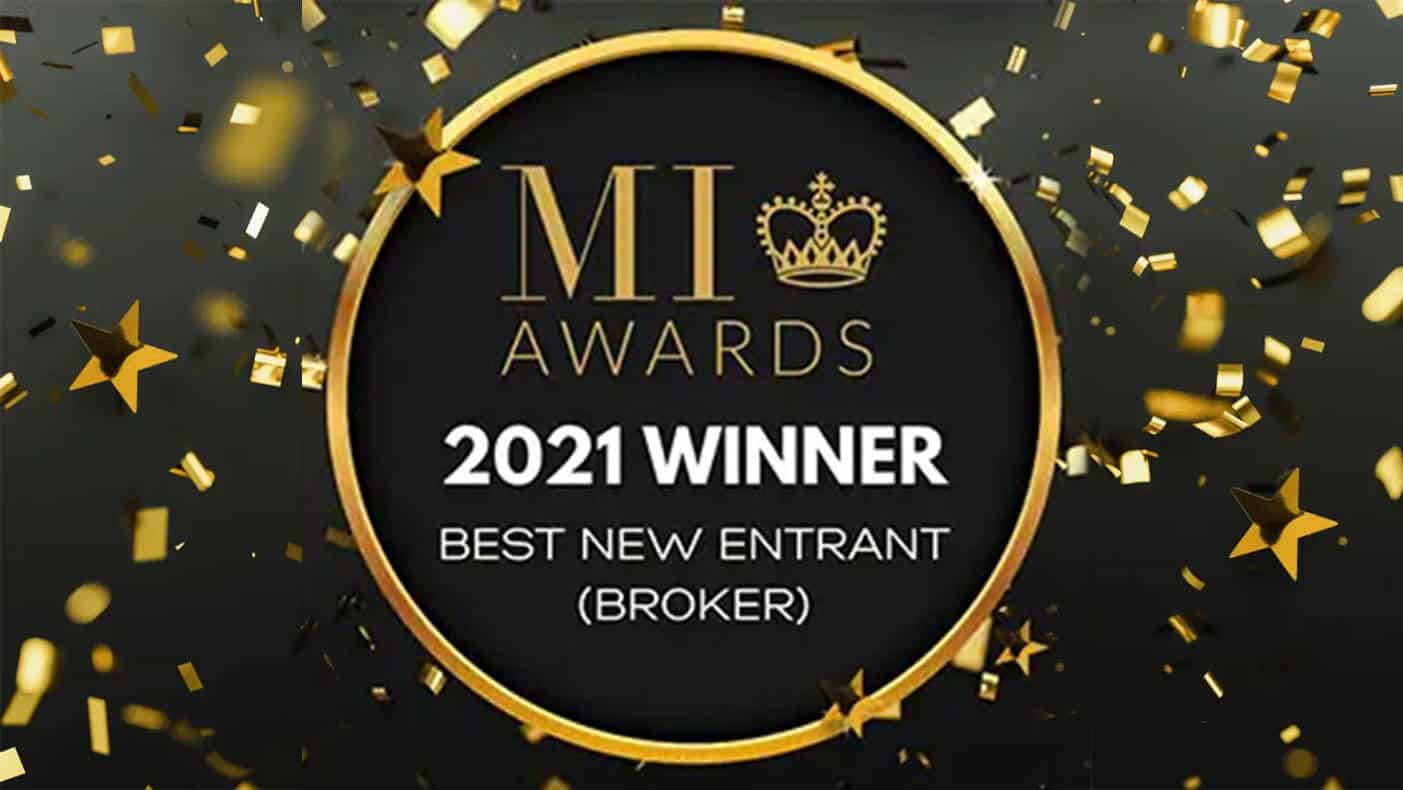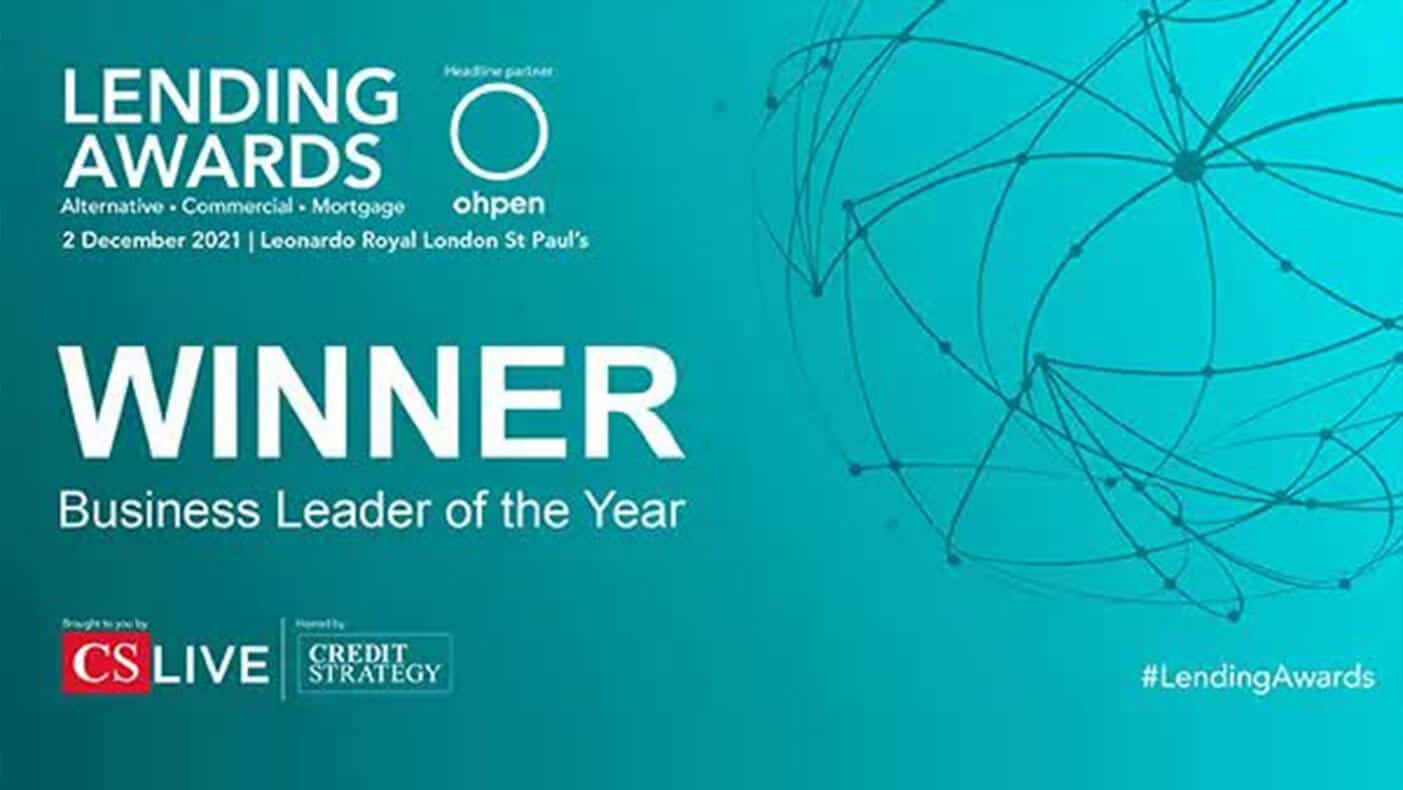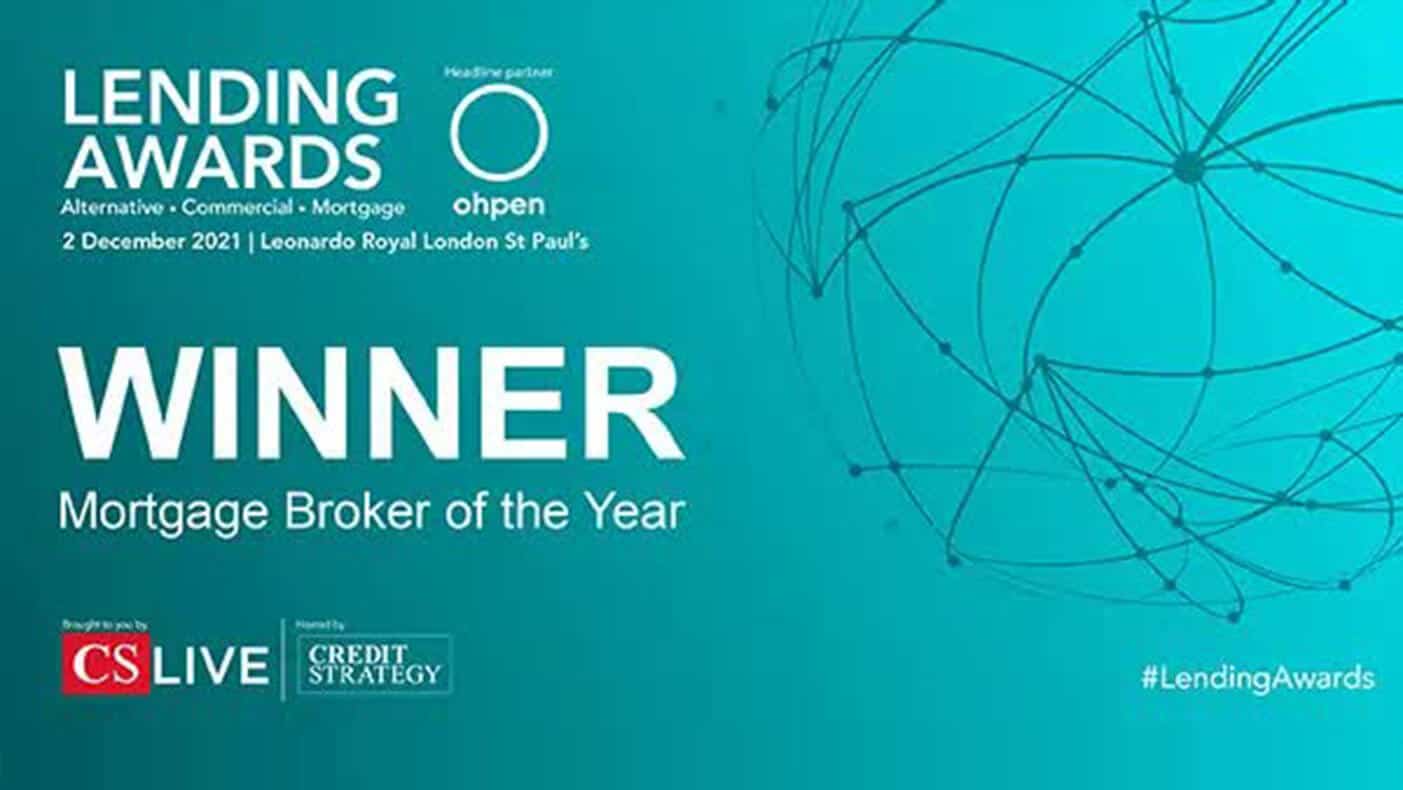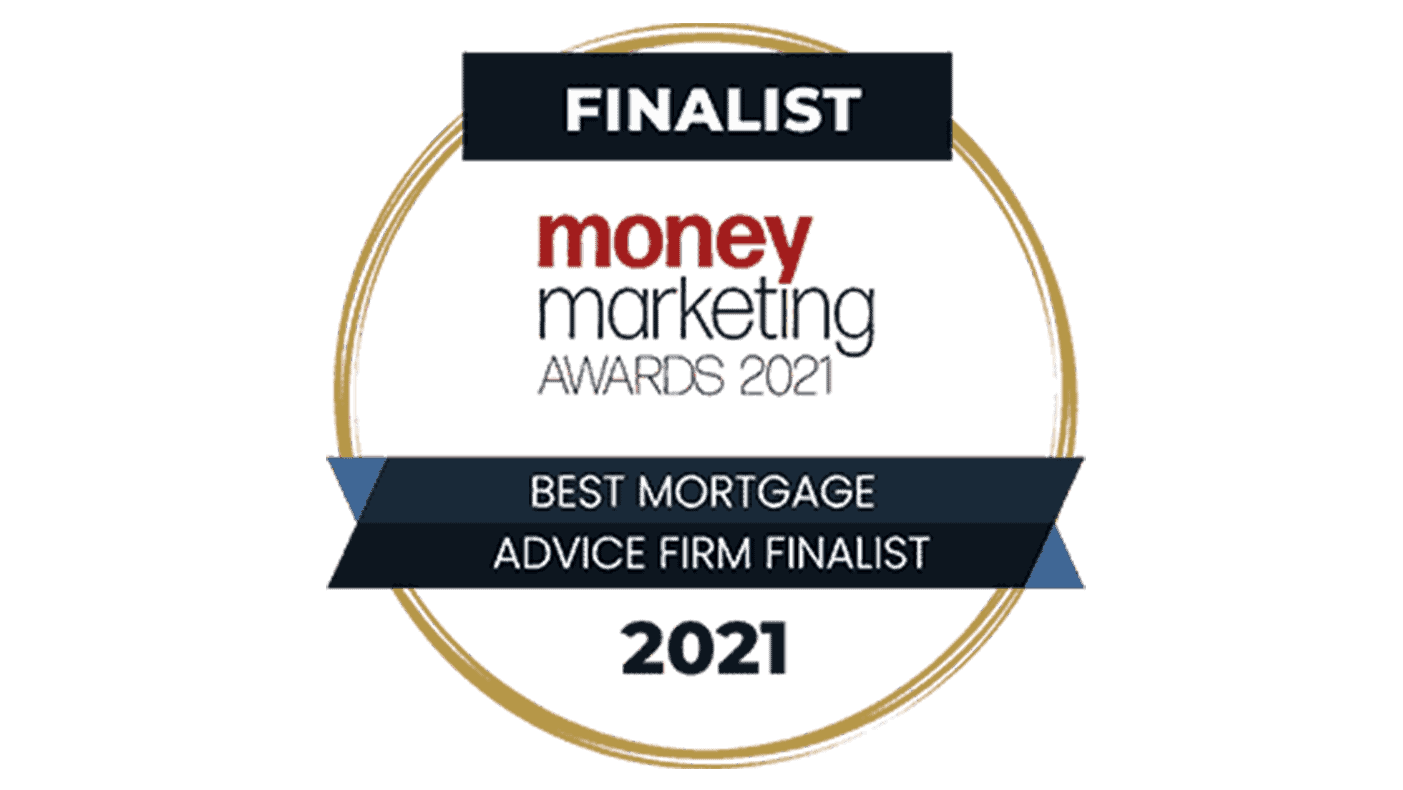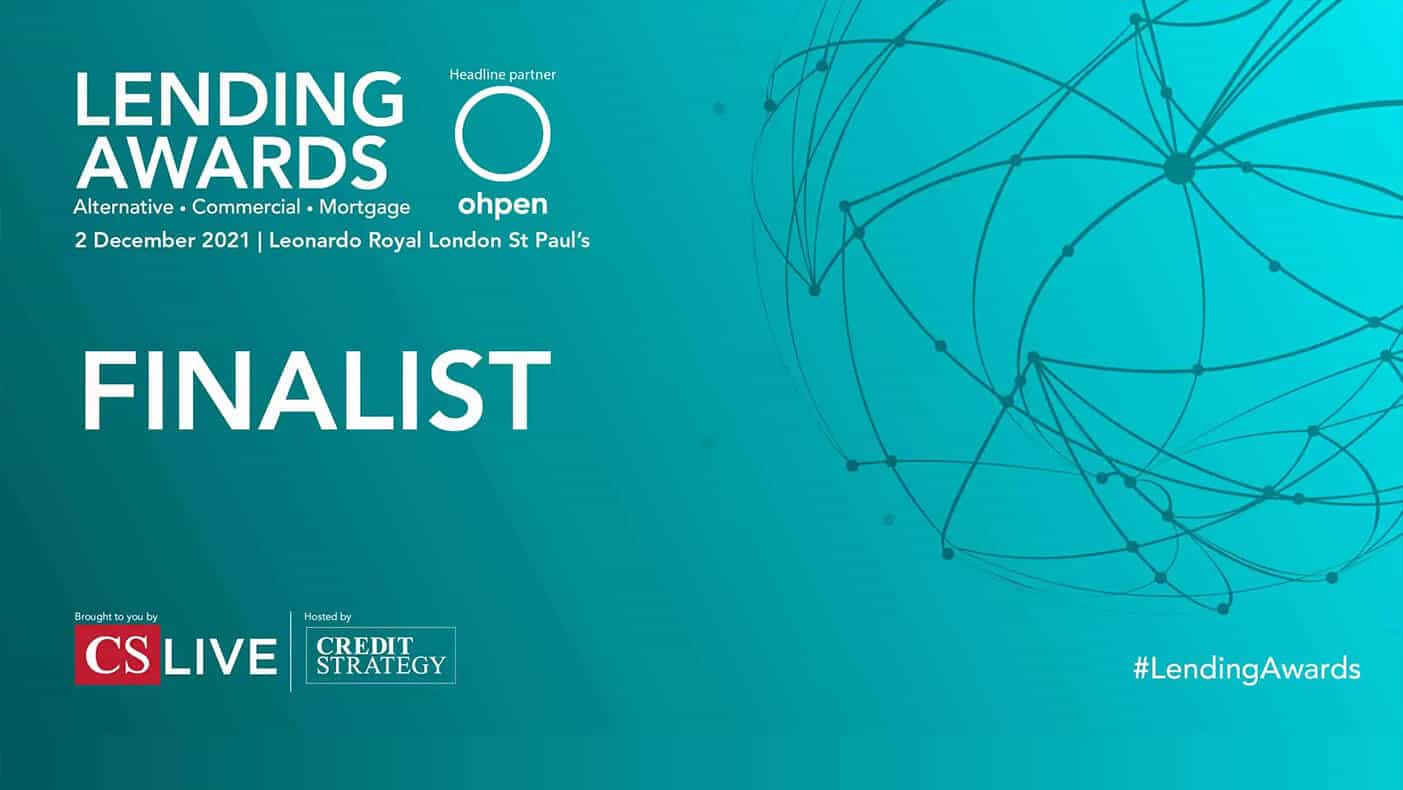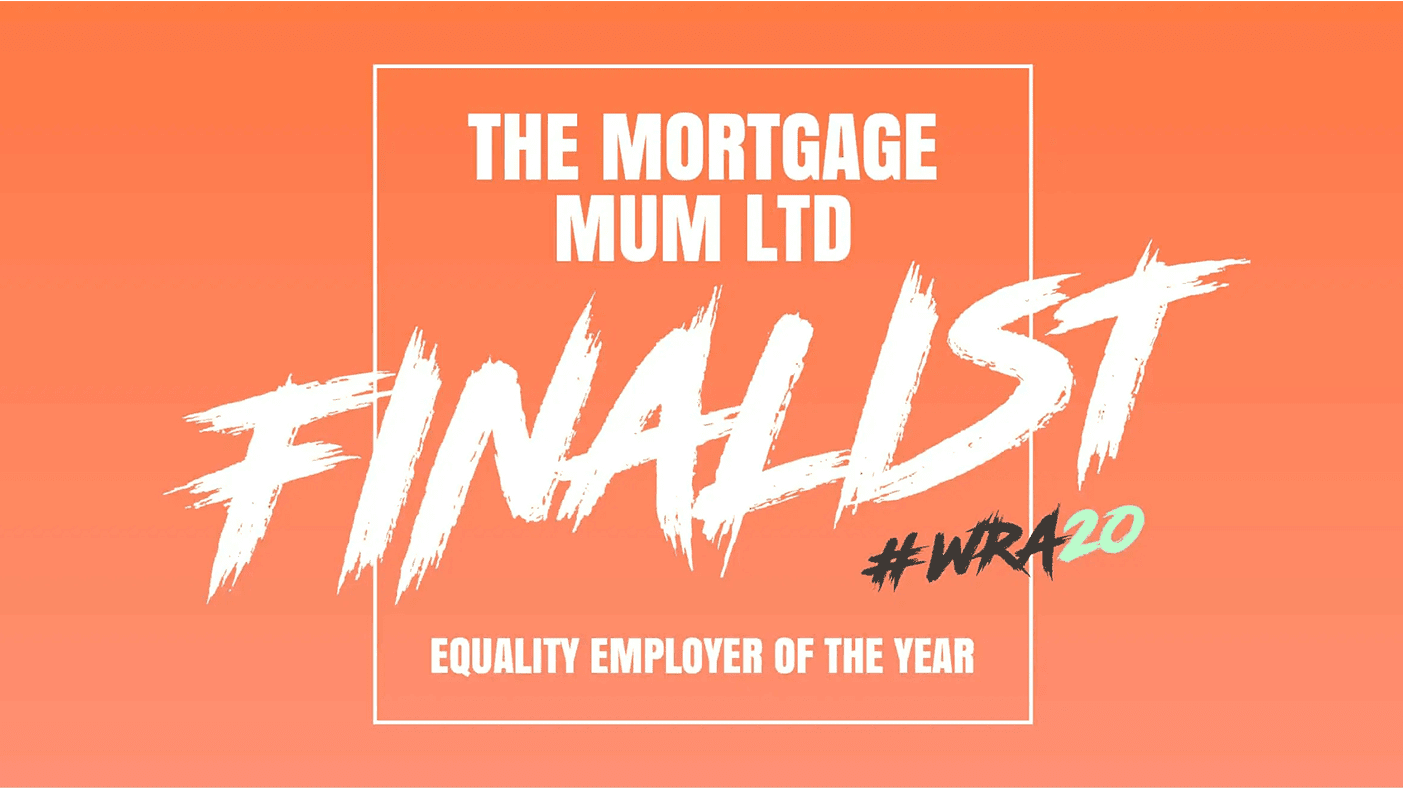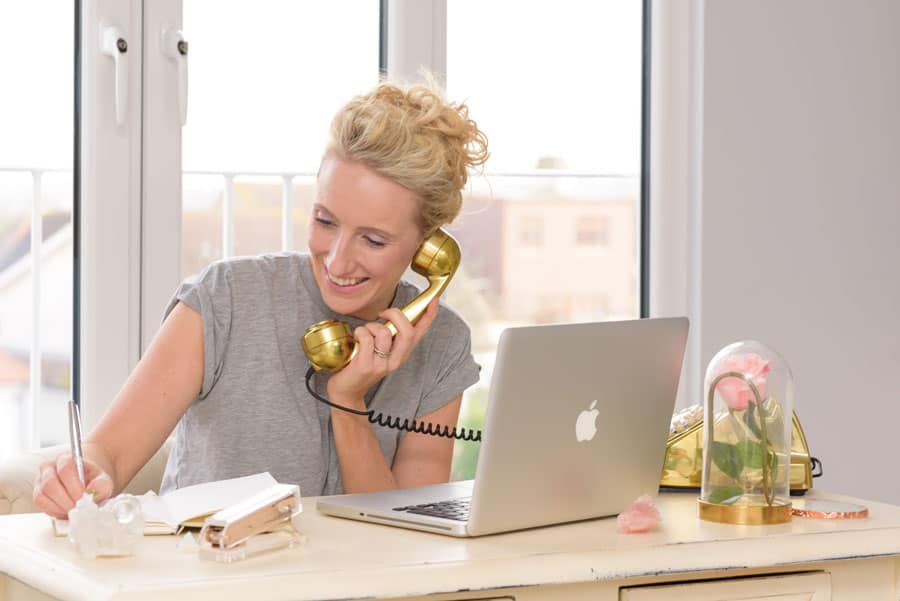Creating a Joyful Home
With Interior designer, Sophie Robinson
Today’s episode is hosted by Kim, who joined The Mortgage Mum just over a year ago. She’s quickly risen to become a senior mortgage broker in the team and an absolute guru when it comes to content creation, branding and anything that involves making something beautiful.
Hello, I’m Kim and I’m delighted to be hosting today’s episode. I’m super excited to welcome a very special guest, Sophie Robinson.
Sophie has enjoyed a long career as a TV presenter, podcaster, journalist, stylist and designer with over two decades of experience in the interiors and media industry. You’d know her from TV programmes such as DIY SOS and Interior Design Masters, and she’s well known for her love of colour and pattern.
In today’s episode, we’re going to talk all things interiors, renovations, and how to embrace colour and love your home.
I’ve loved seeing all of your home renovations – but what were your original plans and how have they changed over time?
We bought our present home in 2016. We were living in central Brighton and decided to move out to the countryside. My son was five at the time. I had a country upbringing and I was keen to give him that same childhood.
My husband had never lived in the countryside. He’s a proper city boy, so it was a big change. We’ve got a four bedroom old farmhouse, very typical of East Sussex. It’s tile hung and it’s got little cottage windows.
When we moved in, the elderly couple who lived here had kept the house immaculate, but it was a sea of beige: brown carpet, magnolia walls and brown floral curtains. It had an old fashioned oak kitchen with primrose yellow walls. There was a lot of Artex, swirly plaster effects, black painted beams everywhere and even fake bricks going up the staircase.
It didn’t faze me. I knew I could inject lots of colour and personality into the house. Even though the house is charming on the outside, inside it did lack charm. It started off as two farm workers’ cottages, so it doesn’t have great ‘bones’ as we like to say in the design world.
It’s quite a humble building that had been knocked about quite a lot, with an extension going on in the 1980s. The house wasn’t really a beauty – it was the setting we fell in love with: the garden and the woodland beyond. I knew I was going to have to punch in lots of colour and pattern to elevate the house and make it my own.
Did you have plans to extend or was it simply about the interior back then?
I’m married to a builder, which is really helpful. And while house hunting, we did want a house that we could improve and make our own. We wanted to have a little bit of land as well, and most houses that come with land are really old properties.
We didn’t want to be shackled by the limitations with a listed property. So even though this house didn’t have good bones, it’s got no heritage protection so we have creative freedom.
One of the negatives is that the kitchen was quite small in proportion to the rest of the house, and in completely the wrong place. It was in the north facing end. The views from the kitchen windows were over the driveway. But at the south end you get views of our pond, a willow tree and woodlands beyond.
That end of the house consisted of a plastic conservatory and a living room. But it all happens in the kitchen, doesn’t it? Creating a family dining space is integral to how we live, especially in the countryside where we rely on people here for us to socialise.
So we bought the house and decided to put a kitchen extension on the south end as soon as we could.
We’re doing similar, to move the kitchen to look over the garden at the back, but we are listed so that’s a project in itself. So that was your plan. How have things changed?
In 2020, we sold some holiday lets and released some money. We were ready to do this extension. We got an architect, we got our planning permission, and it was going to be massive. It wasn’t just a kitchen. It was wrapping around into a workshop for my husband plus a garage.
We also had permission to add a fifth bedroom, even though as a family of three, we don’t really need it. I just felt since we were investing money into the house, it was good to add a bedroom to add more value.
But then, as we all know, there was a pandemic. Myself and my husband are both self employed and with everything going on in the world, compacted by the Ukraine war, the economy and Brexit…. we lost confidence in putting all our money into an extension.
Coupled with the price of materials and labour increasing, even though my husband could do a lot of it himself, the budget we put aside wasn’t going to be enough. So I took the decision to bin the whole idea.
That got me a bit creative. My first thought was to sell – I wasn’t loving the layout and the tiny kitchen. It’s a big house, a lot of work, that’s not really working for us. But then I realised – there are only three of us in this family. We don’t need more floor space. We just need a different layout.
So at the beginning of this year we flipped our small kitchen with our spacious south facing living room. We’d been in this tiny kitchen without even a dining table in it and everybody perched on chairs around the corner of the room. And we’ve got this lovely big, sunny living room that was hardly ever used.
It’s been so much more affordable and given us a huge expansion. The new kitchen measures five by seven and a half metres, so it’s big enough for a generous sized island. We have lots of storage and a big dining table that seats eight. Tom got rid of the small cottage window and put big aluminium patio doors in, opening onto a patio that is being installed as I speak.
There’s our view, there’s our garden. And I don’t know why we just didn’t do it from the start. We did not need that expensive extension. We’ve got the room working the way we want.
The old kitchen is going to turn into a snug with a massive TV where the cooker was, in the Inglenook fireplace. And my son’s got room to have friends around, and we all cuddle up and watch a movie. I’m amazed and inspired that our financial situation actually made us come up with a better solution.
What would you say to people in that situation where their house just isn’t working? Where should they start?
To anybody who’s house hunting, don’t assume that the current layout is the best layout. The best time to have a rejig is before you move in, because of all the upset. It’s also something to factor into your budget, because while it’s not as much as an extension, it’s still expensive.
With kitchens you’ve got to move water pipes and electricity sockets. You might have to change lighting layouts. There’s definitely investment involved. But if you have that filter in mind when you’re looking for property, houses that you might otherwise ignore might suddenly be perfect for you.
You can also make bedrooms become bathrooms or offices. But the kitchen is a big one – in the UK we have a lot of Victorian properties. Typically, the kitchen was never the priority when those houses were designed. They were always put at the back or middle of the house or the least inspiring part.
Do you have any tips on the process itself?
One reason why our switch was more affordable was because we had an en-suite bathroom directly above the old living room. The kitchen sink is directly below the bathroom above. So water supply and waste pipes were already in the right part of the house. That was a big plus and a real way to convince my husband to do this.
We decided to put new windows in because it was integral to accessing the garden. I’m quite a stickler for a lighting plan, and I wanted to make sure there was no central pendant anywhere. I like to have spotlights exactly where I want them. That’s really important.
So have an open mind and then do it. I cannot tell you how in love with my home I am now – after feeling irritated that it didn’t work for me. I’ve now completely fallen in love with the house and people say it’s like we’ve moved. It’s a completely different house. So don’t dismiss it as an option.
How do you create the right space that works for your home and your family?
You have to really think about how you live. I do this when I’m teaching interior design. You have to consider how you will use the room, and who else is using it. What time of day are you using it?
This is the same for your whole house plan as well. Do you work at home? Do you like to work at the kitchen table? Would you rather be up in the loft where no one can find you? Everybody’s really different and unique, and you’ve got to have a real look at how you live and then design your home accordingly.
Is that more important than adding value to your home, do you think?
Absolutely. The key word here is value. Don’t value the money in your bank account more than you value your family’s wellbeing, health and happiness.
The media is a lot to blame. A lot of TV shows have frozen everybody in a world where they are afraid to do anything to their home that might depreciate its value in any way.
But a few years ago we were living in a really different time – of property flipping, a really buoyant housing market. That’s not the world we’re living in anymore – it hasn’t been for quite a while.
I think it’s really lovely, especially as an interior designer, that people are getting back in touch with the importance of home, not as an investment, but as a place that has a genuine impact on your mental health, your happiness and how you feel about life.
I do get that some people really love a bit of beige. I’m not going to rally against those who like a neutral, sophisticated, soothing colour palette – that’s fine. But it’s not the majority of us. A recent survey found that 70% of people live in beige, white or grey interiors. But a fifth of people are desperate to have more colour in their lives and in their homes.
It’s your home, do it your way, enjoy it. If you’re going to sell it in a couple of years, maybe you don’t want that lipstick red, high gloss kitchen you set your heart on. But if you’re in a home for a long term, you should have what you want.
I sometimes think this about my house. It’s quite full on in colour, and I love it. If we decide to sell it, it might be worth getting a decorator in to whitewash the lot. But I don’t want to live for 15 years in a soulless space just because one day I might sell it to someone who likes beige. It isn’t necessarily a problem. This house was beige and I couldn’t wait to get rid of it. But it didn’t put me off buying it.
What’s your advice for people who would love to inject a bit of colour into their homes but are scared of doing so?
There are a few things around fear of colour. First there’s the fear of devaluing your home – we’ve already got rid of that one. The second is perhaps fear of judgement. Us Brits worry too much about what everybody else thinks of us.
It happens to me! My own mother, who I love, will say I’ve gone too far with things, that she wouldn’t hang that painting on that wallpaper, that it’s a bit much.
Just realise that everybody has an opinion and we all have very different tastes. It’s scientifically proven that we all have very individual feelings around colours, depending on our personality type, our age, our culture and our past memories.
So just find out what colours you love, what decor you enjoy. We’ve got so many avenues now: Pinterest, Instagram, Tik Tok, it’s all there. It can feel quite overwhelming, in fact. Often rather than people not knowing what they like, they feel overwhelmed by the choice, or getting sucked in by trends. Barbie Pink’s really in it at the moment, and I love pink, but what if it’s not in fashion two years down the line?
Get in touch with the colours you genuinely love. What colours do you wear that make you feel confident? Do you have a favourite gemstone? Is there a particular nail polish you wear? What’s the colour of your car? I’ve got a bright cobalt blue car and I love it. And it’s also one of my favourite colours to wear and I have it all around my house.
So pick your favourite colour and start with that – you know you love it and you’re not going to go off it. Sometimes I might start small, maybe invest in a piece of artwork, or some cushions, or a rug in that colour. But then another part of me wants to buy that cobalt blue paint and jump in the deep end. Sometimes you just need to go for it.
Online, you can create virtual rooms and digital mood boards. Get creative and have a play before you spend money on the credit card. People often start with the paint colour but I always think there’s so much more work to do before you choose the paint colour.
Because I love colour and pattern so much, the paint colour is usually the last thing. I start with a wallpaper design or piece of fabric – within that swatch, you’ve got the whole palette of colours to play with.
For example, you might take a floral fabric and use the background colour as your paint colour. You might use some of the deeper, darker colours as your sofa colour, and some of the brighter, lighter colours as your accents. So start with a pattern, a print or an artwork to anchor your scheme.
Where do you get your inspiration? You’ve got a very specific creative style, where does that come from?
It’s always been there. I’ve always really loved chromatic, saturated, bright colours. It’s cobalt blues, sunshine yellows, lush forest greens and candy pinks. I’m just really drawn to those colours. If you open my wardrobe, you see all that colour in my clothes as well.
I remember when I was seven, we moved house and my parents encouraged me to decide how to decorate my room, which is something I’m passionate about. Let your kids design their bedrooms – let them have it all.
Don’t just say they can have that colour on one wall. Let them have carte blanche. My parents did and it had a really profound effect on me. It was the 1980s, and I had a rainbow theme with rainbow wallpaper and a rainbow paper border – that was such a thing in the 80s!
I had matching rainbow curtains and the matching duvet set, another big 80s thing. So aged seven, I loved the rainbow brights and I’ve never faltered. Some people start feeling that those bright colours are childish or unsophisticated and move to muted shades, but do question if that’s really you. There is a way to make bright colours classy and sophisticated and cool.
How important is the link between colour and wellbeing and home?
There’s been a lot of research into it – this is important stuff. You can’t be lazy and paint all your walls in Elephant’s Breath, because that’s what everybody else in the street is doing. It’s not good enough.
There was a fascinating report done in 2018 by the Happiness Institute in Copenhagen. They did a study around home happiness and how relevant it is to our feeling of wellbeing. It came second in the list after mental health – before physical health, money and financial security.
Think how much energy we put into earning money and making our homes a valuable asset. That’s only number four on the list of actually what makes us happy.
And won’t some buyers appreciate a colourful home?
There’s something about a home feeling well loved and well looked. If a developer has just bought a property and slapped white paint on the walls, installed a grid of downlighters and added a laminate wood floor, it won’t feel like a great space to be in.
But a home with lovely curtains, furnishings, cushions, patterned wallpaper, layers of rugs and beautiful artwork on the wall gives you a really nice, homely feeling, even if it’s not your taste. There’s an argument that a well loved home is more appealing than that bare beige box.
We’ve been talking about our own homes, but what about people who are investing in property. What will add value and what shouldn’t they consider?
I have a lot of experience in designing properties for investment. My husband and I had some holiday lets in Brighton and we actually did really full-on, maximalist designs.
We appealed to people who were coming to Brighton for a weekend of partying and good times, and the decor completely reeled them in. It felt like an exceptional, extraordinary place to stay. People in Brighton usually are just on weekend breaks, so we went for a full frontal visual attack. We were booked out back to back all year round, with people coming again and again.
So you’ve got to do a bit of research, as you would do for any design project. Again, how are you using the space? Who’s using it? What’s it for?
It’s the same with investment properties. Is it a holiday let that needs to pop out of that Airbnb page to grab attention? I do not want to go on holiday and sit in a white and grey house. So if your investment home is for the holiday let market, think about something that’s going to stand out – but be appropriate. If I had a coastal cottage, I’d design it in a really different way.
The other element is designing properties to sell, and that’s something my husband and I have done. You’ve got to think about who your potential buyer is. We did some apartments in central Brighton with no outdoor space or even a parking space. We talked to estate agents and we knew these flats would appeal to young working professionals, eating out a lot, enjoying everything that Central Brighton’s got to offer.
They were probably a design savvy buyer. So we put designer elements in – paying attention to door handles, light switches, light fittings in all the rooms, even though it was unfurnished. We went for a strong graphic tile on the bathroom floor – it looked really eyecatching.
So even if you’re doing a property investment, don’t sign up to the Sarah Beanie mantra of everything beige and depersonalised. I don’t think those are the times we’re living in. People are more design savvy and looking for things that are well designed with nice details. Don’t scrimp on that.
If you put in budget taps, wobbly acrylic baths and badly fitted laminate flooring, a buyer is not going to have confidence that the house has been well-built or renovated. Unless you’re selling property with a really thin sliver of a profit margin, at the lower end of the market, there’s no excuse for it, really.
What’s next for you? What’s next for the house?
Well, we had to do the garden when we put these huge doors – they dropped into a sea of concrete and rubble, so we had to do the patio straight away. And we’ve spent our time in the house – we have no holidays, no other big spends planned, it’s all about enjoying our home and this beautiful countryside setting in the summer.
Very excitingly, in August you’re going to see the launch of my new wallpaper and fabric collection with Harlequin. I’m going to be singing from the rooftops about that. I’ve designed 25 wallpapers and 25 fabrics for them. So if you love a bright, feelgood colour and want to inject joyful decorating into your home, I’ve put a whole collection together.
It’s very maximalist. There’s lots of pattern that mixes and matches in a riotous, joyous clash. I’m going to be working on that quite a lot for the second part of the year and promoting that. It’s getting lots of press because it’s very timely – colour is in and people are really embracing it. So that’s keeping me busy.
Am I right in thinking one of those papers is in your kitchen?
Yes, the kitchen has been papered all the way round. Of course it has – I couldn’t ever have it plain. I’ve got three colours on my kitchen cabinets – a chalky pink on the base units, then this lovely deep harvest yellow on the larder units, and then the islands are deep burgundy red, and then a patterned colourful wallpaper. Just proving that kitchens do not have to be stone!
The wallpaper is called Woodland Floral – it’s a print from the Sanderson archive, recoloured in a more modern, fresher colour palette. Then I worked with Magnet on my kitchen. They have 25 colours to choose from in their range, which for someone like me is brilliant. They’ve got about five different shades of blue, four shades of green, three pinks and they’ve just introduced this yellow. So I used the colours in the wallpaper swatch to match with the kitchen units.
If you like a lot of colour and you know that a wallpaper palette works beautifully together, it all fits together harmoniously. The wallpaper was absolutely the starting point for the kitchen design.
Thank you so much Sophie. It’s been really lovely to chat to you today.
If you’d like to find out more about Sophie, you can follow her on Instagram, @Sophie RobinsonInteriors, and listen to her amazing podcast called The Great indoors – a great resource for anyone interested in interiors and interior design.
And you can also visit her website at sophierobinson.co.uk to find out about all of her amazing courses and everything else that she does.


